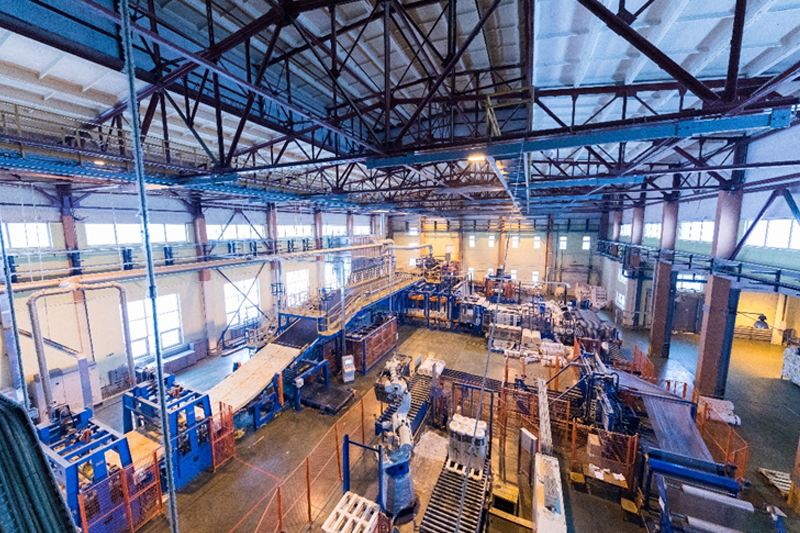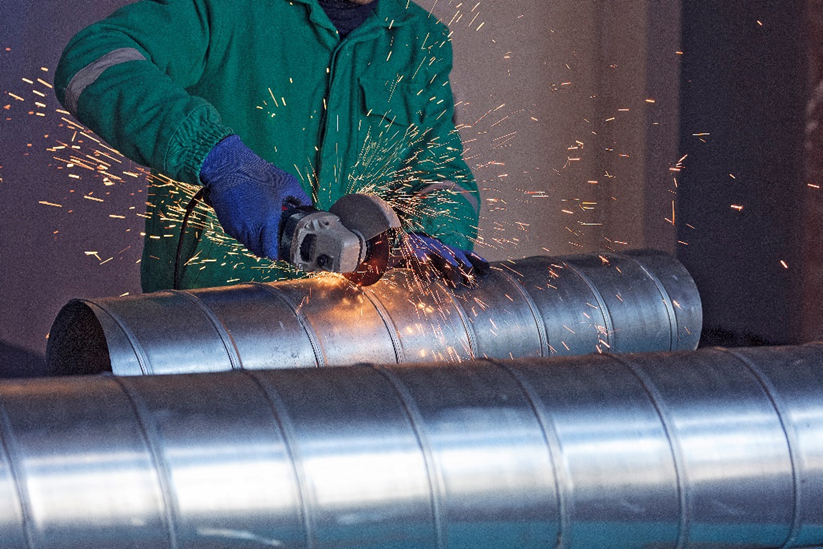Stainless Steel vs. Other Metals: Pros and Cons
Date : May 24, 2024The world of metals is diverse, with each type certainly possessing its own outstanding features, strengths, and weaknesses. When it comes to selecting ideal materials for different applications, such as construction, manufacturing and even household appliances, there is an ongoing argument about the stainless-steel superiority versus other metals as the best material.
Stainless Steel
Pros:

- Corrosion Resistance: One of among the most significant advantages of stainless-steel bars is more effective corrosion resistance. It works perfectly in chemically or moisture-sensitive settings, such outdoor or offshore constructions.
- Hygienic Properties: Stainless steel is a frequently used selection for industry sectors including food processing, healthcare, and labs where safety is crucial since it is non-porous and very easy to clean.
- Strength and Durability: Stainless steel is well-known for being strong and resilient, enabling it to withstand heavy loads and difficult conditions without compromising its structural integrity.
- Aesthetic Appeal: Stainless steel's enhanced and elegant aspect makes it perfect for wide range of architectural and design applications, including residential and commercial improvements.
- Recyclability: Stainless steel is an environmentally responsible choice for sustainable projects as it is a significantly recyclable material.

Cons:
- Cost: Stainless steel is more expensive than other metallic substances, which might impact cost-sensitive the project or industry sectors.
- Maintenance: While stainless steel occurs less maintenance than many other materials, it requires regular preservation and cleaning to keep its shine and purity.
- Magnetism: Some grades of stainless steel 430 are magnetic, and these may be not beneficial for specific situations when magnetism may cause damage with electrical accessories or equipment.
Other Metals (e.g., Aluminium, Copper, Brass, and Titanium):
Pros:
- Lightweight: Aluminium is appropriate for applications where weight is a concern, which includes the aerospace or automotive industries, since it is lighter than stainless steel.
- Conductivity: Copper and brass are excellent for plumbing, heat exchangers, and electrical wiring as they are suitable for heat and electricity conductors.
- Aesthetic Variety: Metals including copper and brass provide a unique visual appeal due to their warm tones and tendency to collect an natural texture as time goes on, transferring characteristic to structures and decorative items.
- Machinability: Aluminium and brass are simple to mill than stainless steel, which leads to more quickly manufacturing and fabrication process.

Cons:
- Corrosion Susceptibility: A protective coating or treatment is essential for preventing the decomposition of many other metals, which includes stainless steel, it is not as prone to corrosion when exposed to moisture, oxygen, or specific substances.
- Strength and Durability: While some metals exhibit decent strength characteristics, they may not match the exceptional durability and resilience of stainless steel in harsh environments.
- Limited Applications: Some metals are more appropriate for specific applications, whereas others might not work well in conditions where certain qualities—like strength or resistance to corrosion—are essential.
Conclusion:
In Conclusion, choosing between stainless steel and other metals is affected by a variety of factors, including the purpose of the application, lack of funds, personal visual appeal, and environmental concerns. While other metals may be superior in areas like lightweight construction, electrical conductivity, or aesthetic appeal, stainless steel offers incomparable corrosion resistance, durability, and sanitary qualities.


